What’s in a Name?
The trials and tribulations in exploring our mascot
A PV student wears an Indian headdress during a football game in the 1963 yearbook. A group of staff writers created a package looking into the history behind PV’s mascot and the use of Native American imagery.
(Editor’s note: This is the first article in a series we are calling “What’s in a Name?,” which explores the history behind our mascot and the use of Native American imagery and nicknames. This serves as an intro to the package and explains our nearly year-long exploration of our school’s mascot, the Indians.)
 What’s in a name?
What’s in a name?
After all, as was once asked by Shakespeare’s Juliet, is a rose not a rose, if called by another name?
A bunch of us at our publication were wondering the same thing early last school year, but with a slight twist: What’s in a school’s nickname?
This is a question that many have found themselves asking after the removal of the Pascack Valley and Pascack Hills mascots (the Indians and Cowboys, respectively). Before the decision at a Board of Ed meeting last June, some of our writers had already started to look into the history behind our mascot and began brainstorming ways to explore the use of Native American nicknames.
In January, several of us — Rachel Cohen, Kareena Shah, Treshan Nilaweera, Abby Shapiro, Emily Moy, Sarah Shapiro, and I, plus our adviser, Bill Rawson — began meeting every Sunday morning for a few hours at the Park Ridge Starbucks. We also often met after school in our publication’s office.
We soon decided to create a package of articles containing our findings, which we’ll begin publishing in the coming weeks. Our aim was to chronicle the history of our own mascot, examine other cases like ours elsewhere, explore the use of Native American imagery, and follow this issue wherever it would lead us.
I’ll always fondly remember our meetings, which were full of brainstorming and laughs.
Rawson always brought his stack of Starbucks gift cards, which he got from students as presents, for us to use. It became an ongoing joke that Treshan would try to take a few gift cards every so often, after he accidentally pocketed one and brought it home. Emily became our go-to investigator, able to find phone numbers, addresses, and social media accounts as long as she had a laptop within reach.
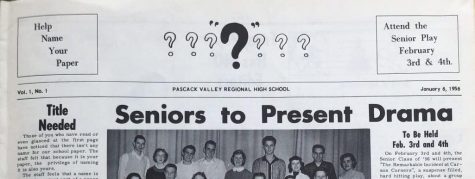
Researching the history of our mascot and the use of Native American nicknames was more daunting than it first seemed. It required months of investigative work and dedication. Through library visits, interviewing people around the country, and finding contact information on the internet, we carefully pieced together each article.
We looked into the history behind PV’s mascot and the Valley Cup chant, various state legislations regarding the topic, and interviewed a few teen Native American journalists to get their perspectives, just to name a few of the stories.
We originally planned to begin publishing our package of over 20 articles this past March; however, the coronavirus pandemic had other plans.
The resulting shutdown on March 13 definitely threw a wrench in our plans. We had to redirect most of our efforts to cover pandemic-related news and topics. We weren’t able to meet with each other in-person and it became difficult to schedule interviews. Our work paused until June, when the Board announced its decision. We realized we needed to find the time and resources to rally around this package again.
Adding to the challenge, the majority of the team members were freshmen who were brand new to journalism and had never written an article. However, they remained eager and driven. Rachel and I, and Rawson, gladly dedicated extra hours to coach them along. It’s taken a ton of time and effort, but we’ve managed to produce articles for this package that meet our program’s standards.
As if the pandemic hadn’t provided us with enough problems, Rachel, last year’s editor in chief, also graduated at the end of the 2019-2020 school year. We found ourselves questioning if it would be ethical for us to publish Rachel’s work even after she graduated. Rawson sought out opinions from other prominent journalism educators who agreed it would be fine to publish Rachel’s articles as long as she didn’t work on any after her graduation.
It should also be noted that Rachel was the co-president of the One Spirit club and I have been a participating club member. However, our intention with this package wasn’t to advocate for the removal of the mascots (although it will include a few opinion articles), but to provide accurate and unbiased reporting.
You may have noticed the questions marks that replaced the Smoke Signal name at the top of our site. Yes, we’re changing our publication’s name, too. It didn’t make sense for us to keep our name after our school’s mascot was removed.
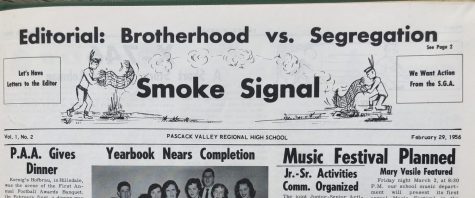
The question marks serve as a throwback. In the very first issue of PV’s student newspaper, published on Jan. 6, 1956, our publication didn’t have a name. Instead, question marks occupied the top of the page. The name Smoke Signal didn’t appear until the second publication on Feb. 29, 1956.
We decided that we would wait to change our name until the new mascot is announced since we’re considering relating our new name to the mascot and nickname. Right now, we’re going by the PV Student Publication on our site and all social media.
The idea to change our publication name has come up several times in the recent past. We never changed it because we found most staff members didn’t have a particularly strong opinion one way or the other, plus they were apprehensive of potential backlash.
Although the pandemic threw us a curveball, we were able to overcome the obstacles. We plan to publish articles every day or two for the next couple months.
Through this all, and maybe more than ever, I think the question stands:
If a rose is still a rose, no matter what it’s called by, then what does that mean for our mascot? After all, isn’t our school pride the same no matter what we’re called?
What do you think is in a name?
(Coming next: The lead-up to the decision at June’s Board of Education meeting.)

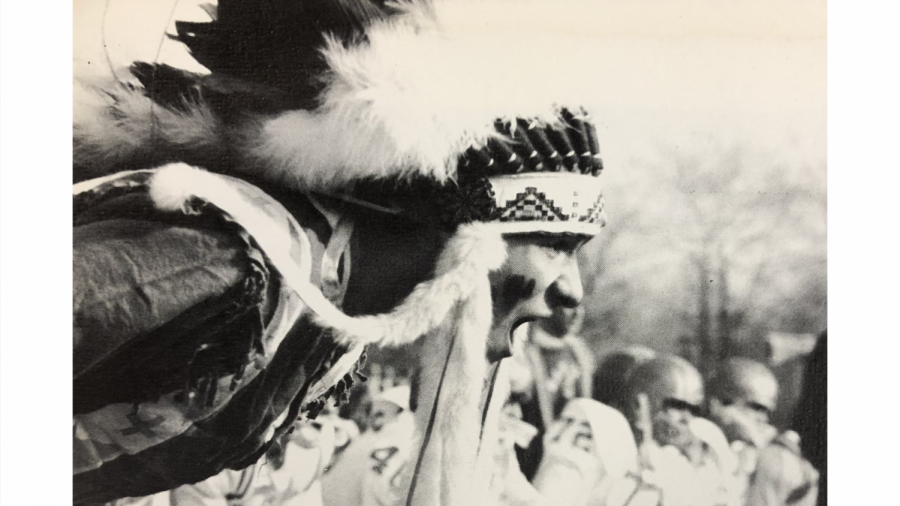
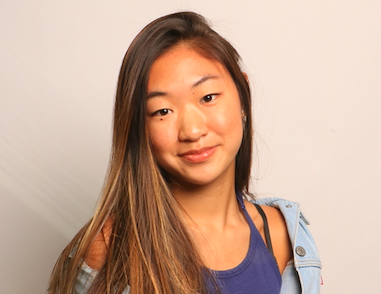

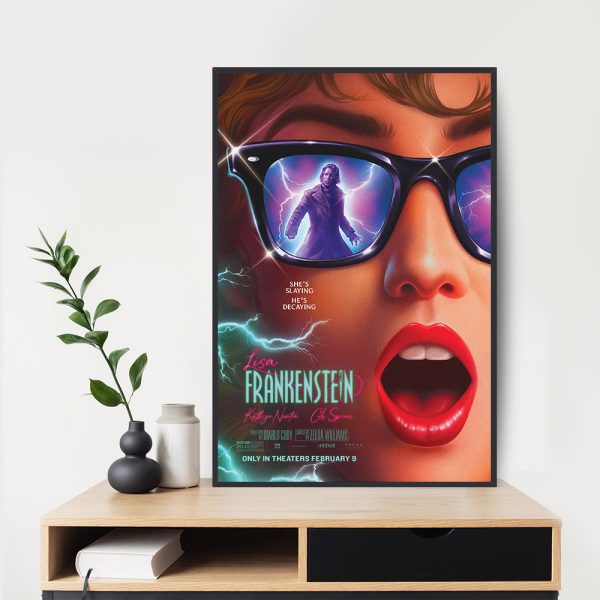
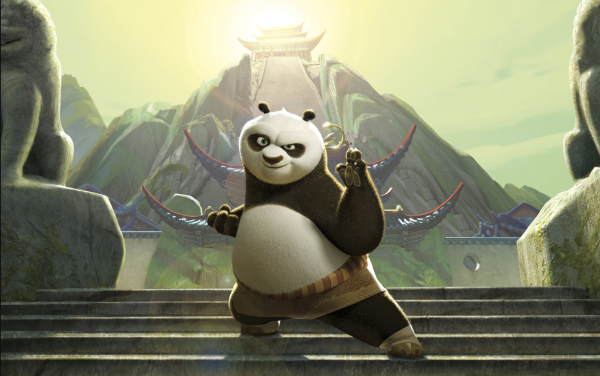
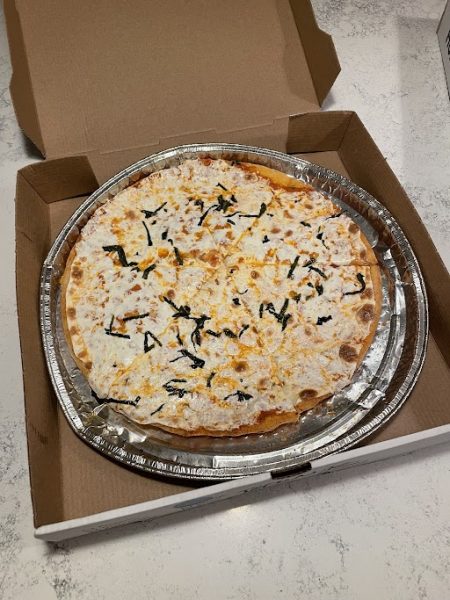
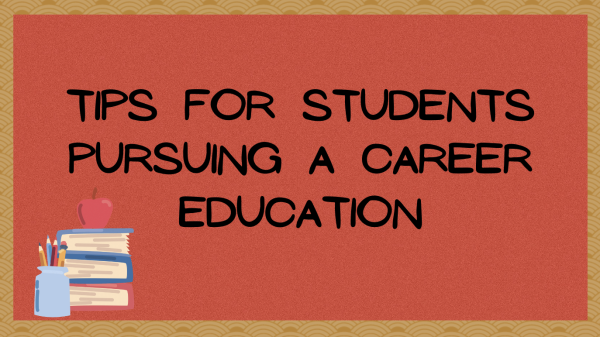
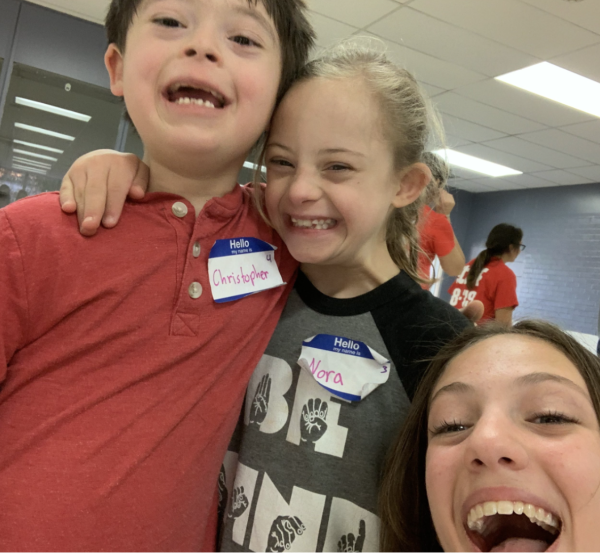
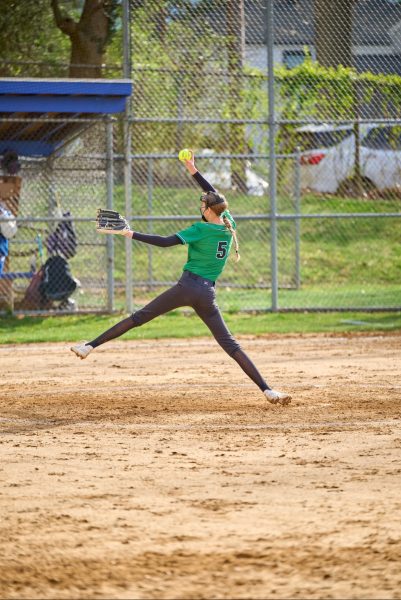

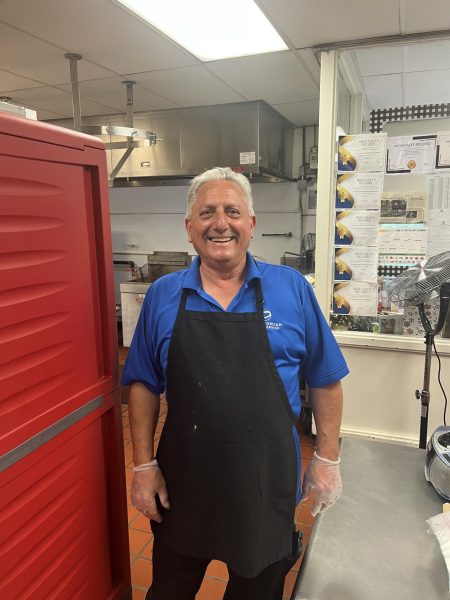
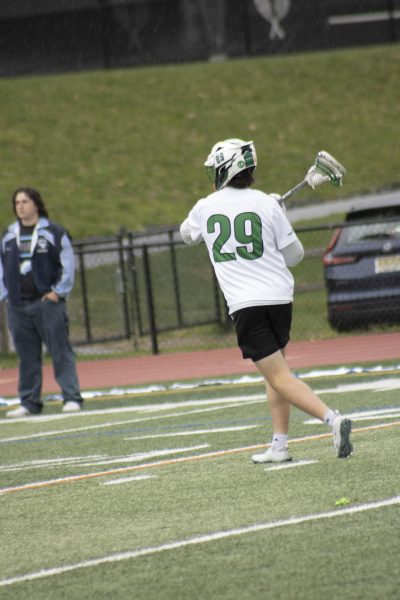

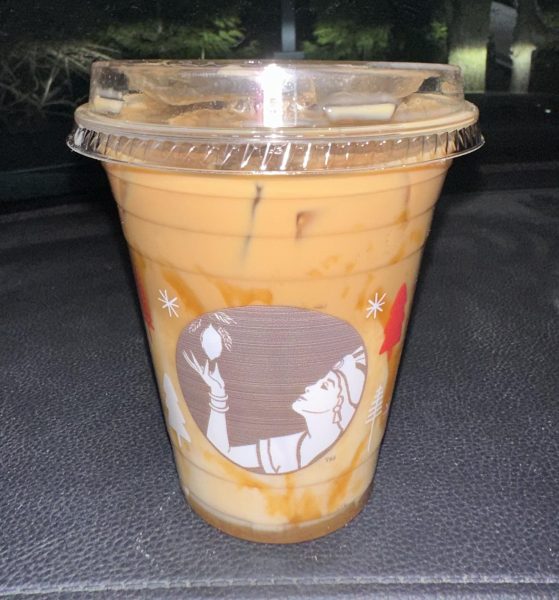
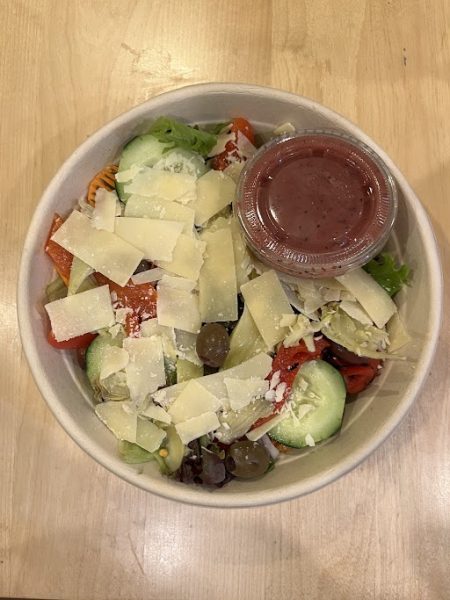

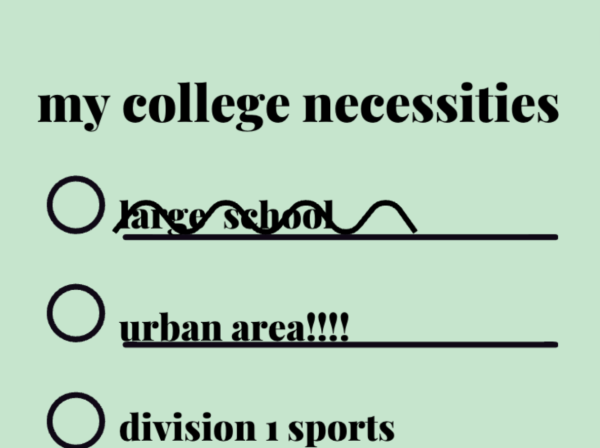
Brian Kenny • Oct 21, 2020 at 9:39 pm
Their image culturally appropriated, a tribal people depicted as raiders and pillagers through western prescribed history, in film and TV, who had their way of life and the gods they worshiped destroyed by Christians – it’s time Northern Valley Demarest high school remove the racist Norsemen as their mascot.
Brian Kenny
Class of 1991